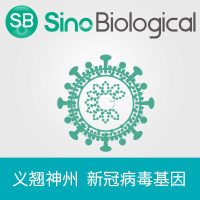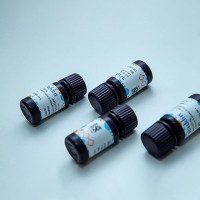Phenotypic Expression of Polymerase Chain Reaction-Generated Random Mutations in a Foreign Gene After its Introduction into an Acinetobacter Chromosom
互联网
383
Acinetobacter
strain ADP1 (also known as strain BD413) is unusual among bacteria in the frequency with which it incorporates DNA into its
chromosome (chr) by natural transformation. Since there is no requirement for uptake sequences to be present in the donor
DNA, strain ADP1 can be transformed by DNA from any source. Unlike many other naturally transformable bacteria, Acinetobacter
strain ADP1 is competent throughout most of its growth cycle, in virtually any medium that supports growth (1). Recombinant
colonies can be either selected or screened on simple growth media within a day after transformation. Manipulated DNA can
be substituted for its wild-type counterpart in the chr, and the function of the substituted DNA can be assessed at the level
of phenotype. As described here, natural transformation allows chromosomal recovery of DNA that has gained random nucleotide
substitutions during polymerase chain reaction (PCR) amplification. Observed changes in phenotype can be correlated to changes
in nucleotide sequence, and thus permit a general survey of how changes in structure influence function in the gene product.
Alternatively, nucleotide substitution can be used to alter the substrate specificity or kinetics of a gene product.









